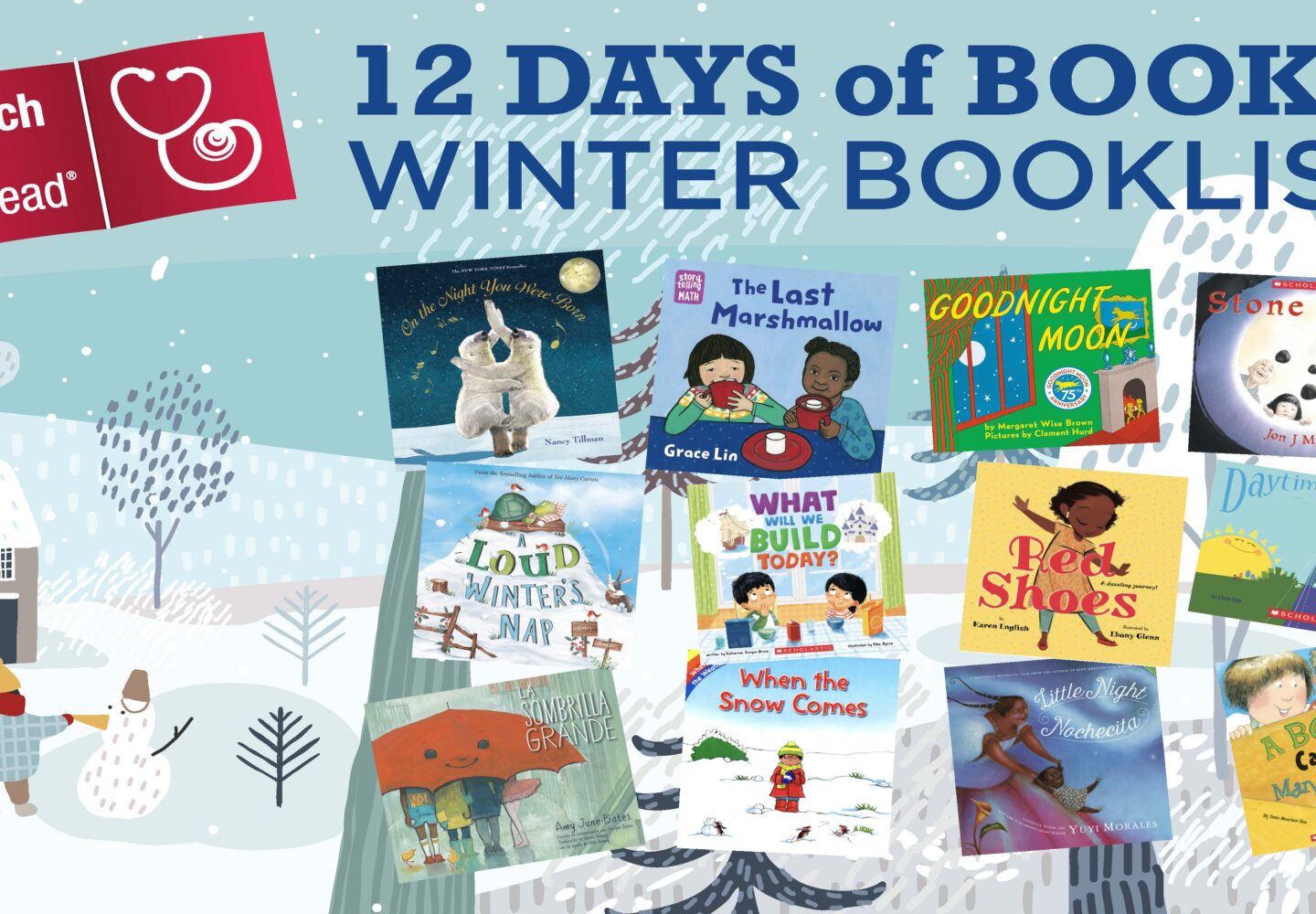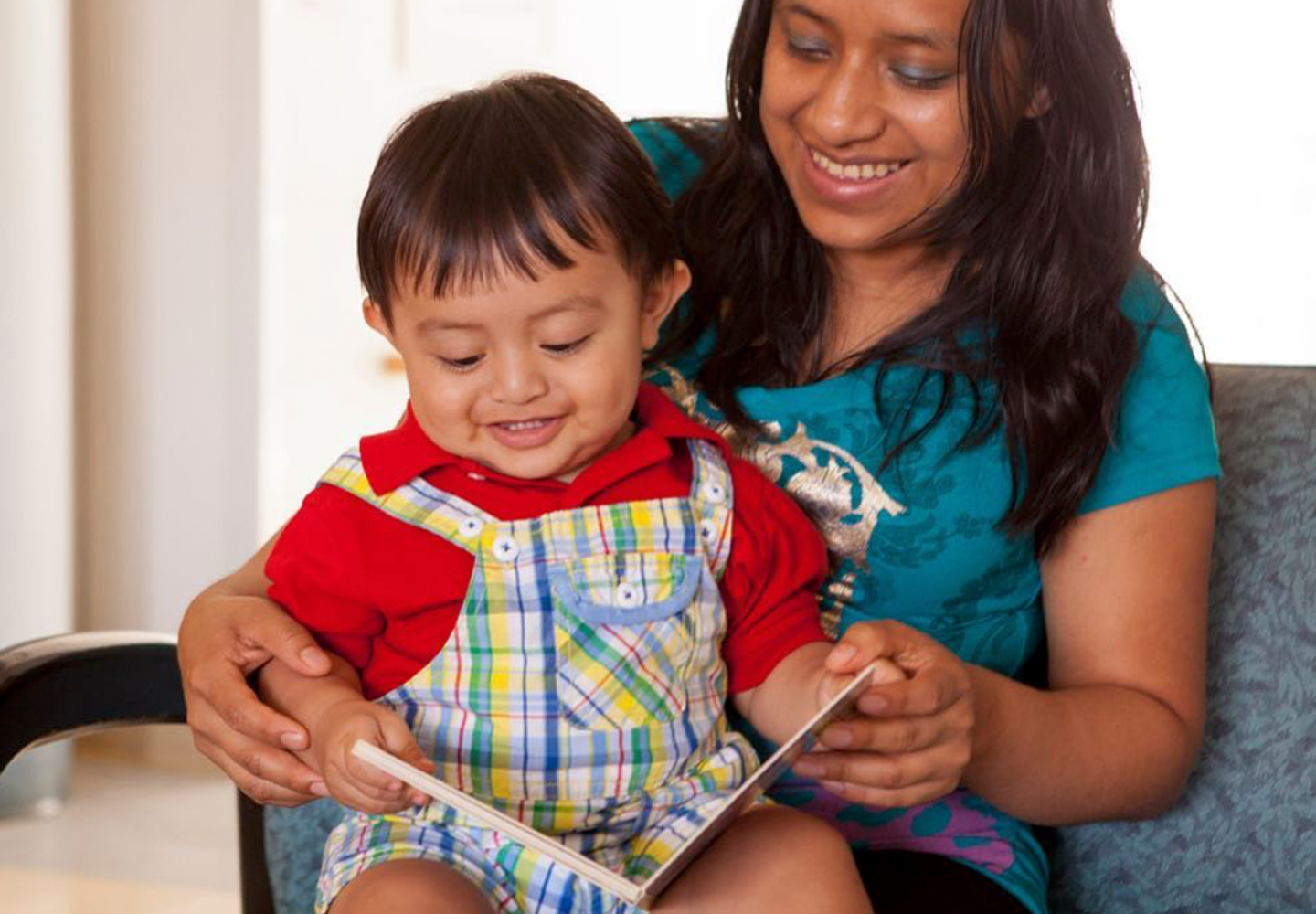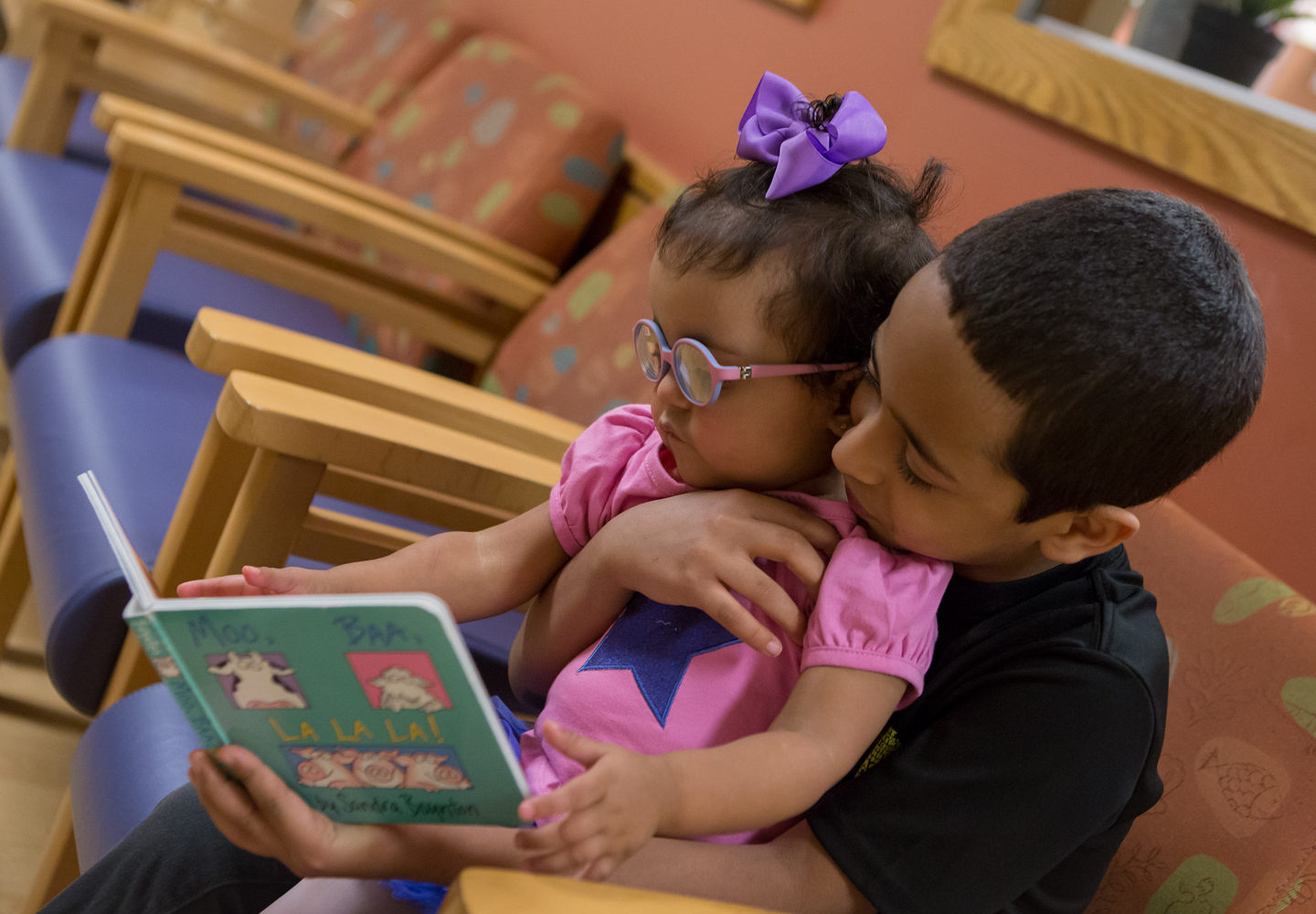Resources for Families
We’re here for you so that you can be there for them.
Helping your children navigate through the challenges of early childhood as they are being introduced to the world is filled with excitement! And spending time with a loving adult provides exceptional benefits. The simple act of reading aloud together helps create a lasting emotional connection, stimulates a child’s cognitive development, and lays the groundwork for a lifelong love of reading and learning. At a time when youngsters are most in need for one-on-one engagement with a loved one, we want to encourage and grow those opportunities. We’re here for you so you can be there for them. Below you will find a list of our favorite resources to add to your activities at home.



